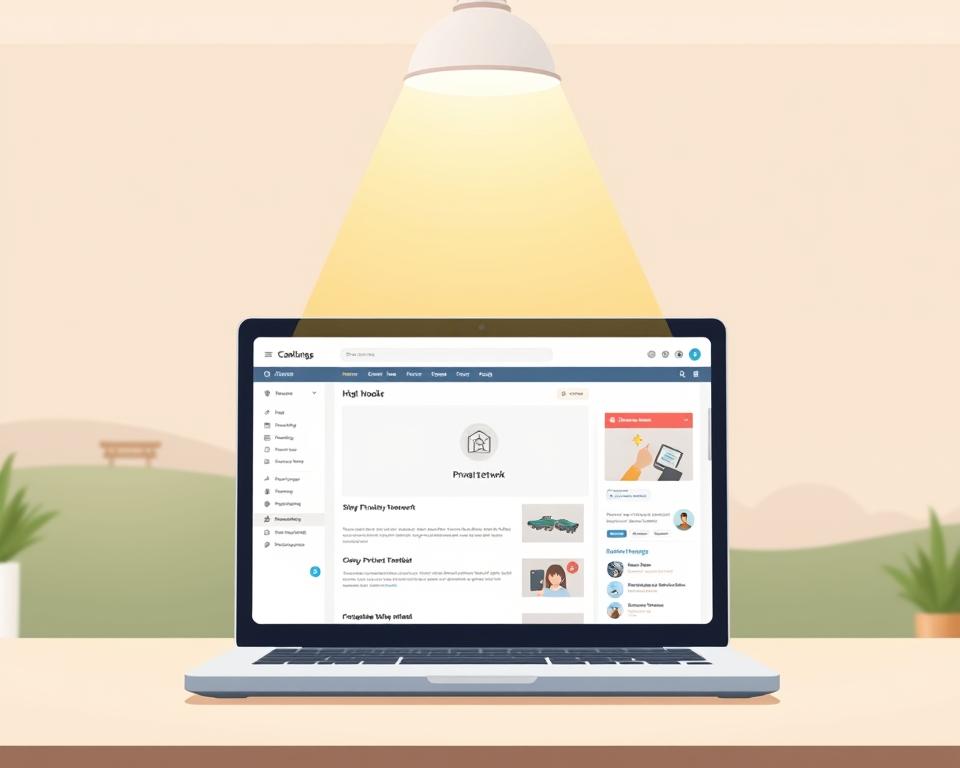Unpacking PBN Backlink Essentials
Did you know nearly 60% of SEO professionals have used private blog network links? A PBN’s main draw lies in how it can elevate a domain’s credibility. This can lead to better rankings in search engines. Yet, what truly defines a Private Blog Network in the SEO world? It might seem like a quick way to climb the ranks, yet using PBN SEO services poses significant risks. You risk incurring serious sanctions from Google. We’ll unpack what blog backlinks SEO are and why so many SEOs can’t resist them.
What is a Private Blog Network (PBN)?
A private blog network, or PBN, is a group of websites built to create pbn backlinks for a main site. This method aims to increase search engine visibility by passing link equity from these sites to the primary one. By leveraging expired domains with lingering trust, PBNs present a convincing front to crawlers.
A PBN’s intent is straightforward. Marketers employ them to amplify their digital footprint. They do this by:
- Acquiring targeted backlinks to lift rankings.
- Controlling the quality and relevance of these backlinks.
- Building a network of sites that link to each other naturally.

Behind the Scenes of PBN Links
They function by simulating organic endorsements through private blog network backlinks. When a pbn site links to another, it artificially increases that site’s perceived value and credibility.
It centers on selecting keyword-rich anchor text across a controlled array of blogs. Rapid uplift comes hand in hand with steep penalty prospects.
Success hinges on embedding links in contextually relevant, high-quality content.
Why SEOs Love PBNs
A private blog network (PBN) offers numerous advantages for SEOs looking to enhance their backlink profiles. You gain tight oversight of each link’s placement and anchor text.
Leveraging aged domains with residual trust is a PBN hallmark.
Further, the flexibility found in PBNs allows for precise targeting of keyword-rich anchor texts.
The Risks Associated with Private Blog Networks
Yet, these tactics are fraught with peril. A major concern is the risk of Google penalizing websites that use these networks.
Why Some SEOs Choose PBNs over Traditional Link Building
In the competitive world of SEO, professionals often face challenges with traditional link-building strategies. They promise speed and predictability in link acquisition.
PBN Management Tips
Avoiding footprints is critical in PBN upkeep. Begin with thorough due diligence when purchasing expired domains.
How to Detect PBN Backlinks
Use tools like Semrush or Ahrefs to trace suspicious links.
| Indicators of PBN Links | Description |
|---|---|
| Low-Quality Domains | Links from domains with poor authority or less than optimal rankings. |
| Irrelevant Content | Links embedded in content that does not match your site’s niche. |
| Suspicious Anchor Text | Repetitive or irrelevant anchor text patterns. |
| Thematic Similarity | Lack of a coherent theme among linking pages and domains. |
Using Google’s Disavow Tool
- Identify harmful PBN backlinks through thorough analysis.
- Create a disavow file correctly, listing specific URLs or domains to disavow.
- Upload the disavow file to Google Search Console.
Alternatives to Private Blog Networks
Consider guest posting for genuine backlinks.
Clearing Up PBN Myths
Many assume PBNs are risk-free quick fixes.
Future of Private Blog Networks in SEO
| Factor | PBNs | Future SEO Practices |
|---|---|---|
| Content Quality | Low emphasis on genuine content | High emphasis on high-quality, valuable content |
| Risk Factor | High risk of penalties | Lower risk with authentic practices |
| User Engagement | Limited engagement | Enhanced user interaction and loyalty |
| Sustainability | Unsustainable in the long term | Focus on sustainable growth |
The Final Word
They promise rapid SEO wins.